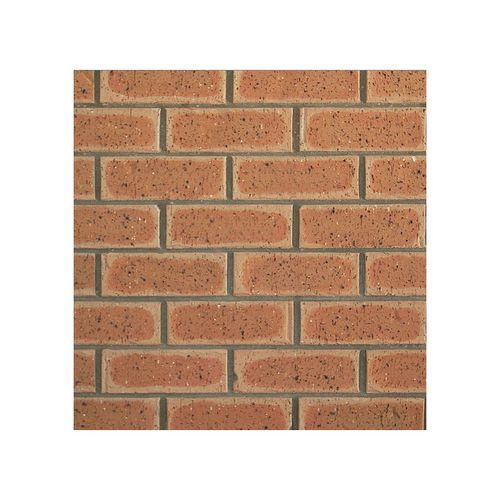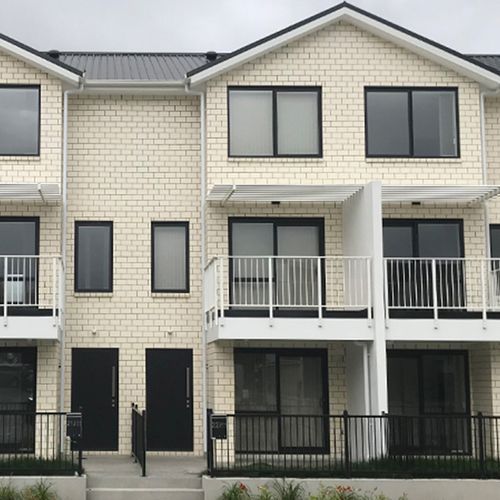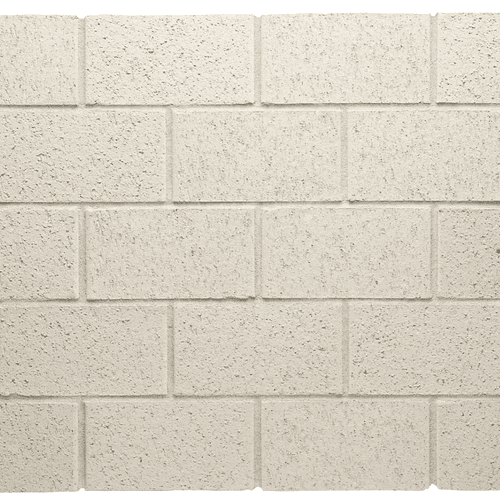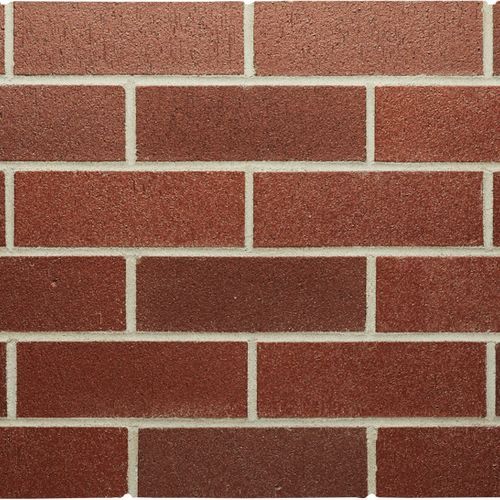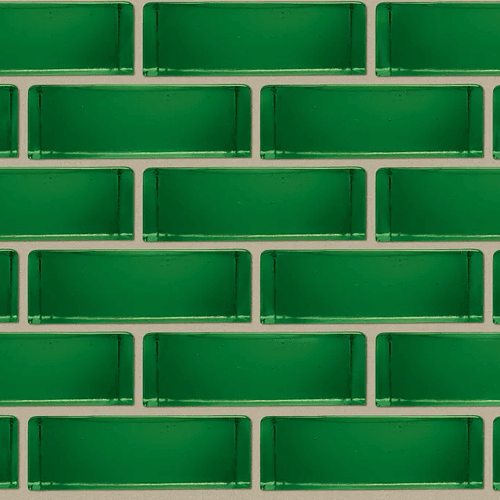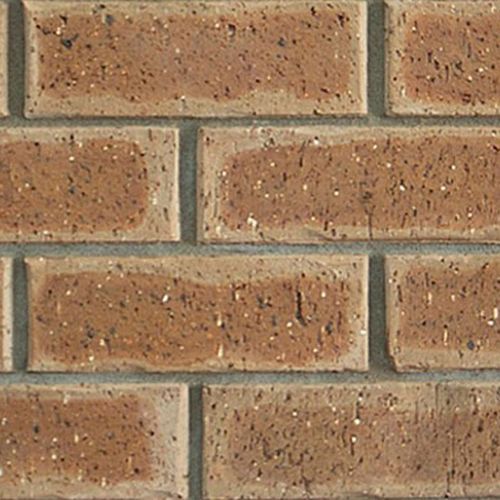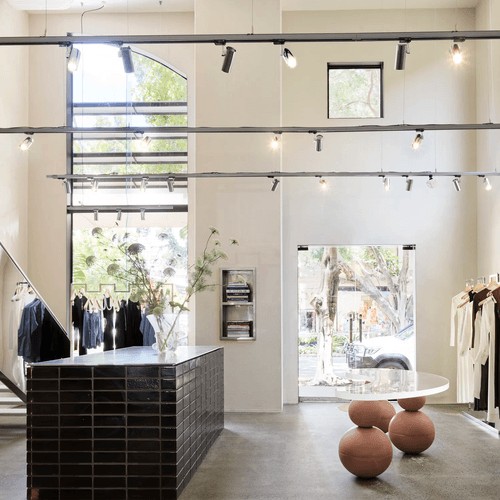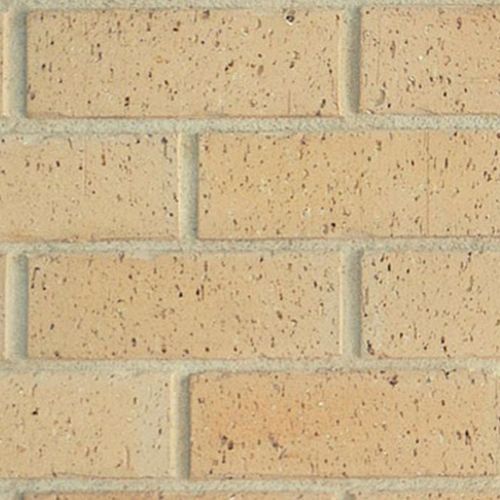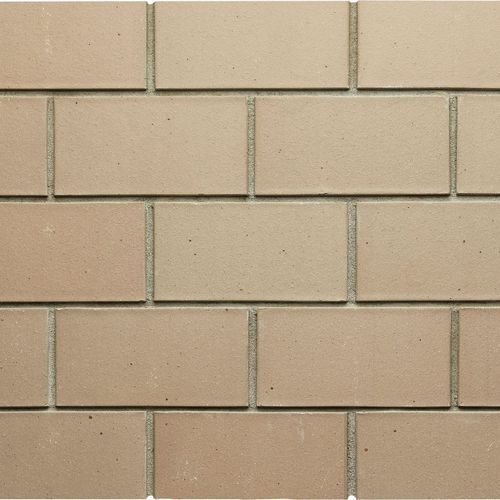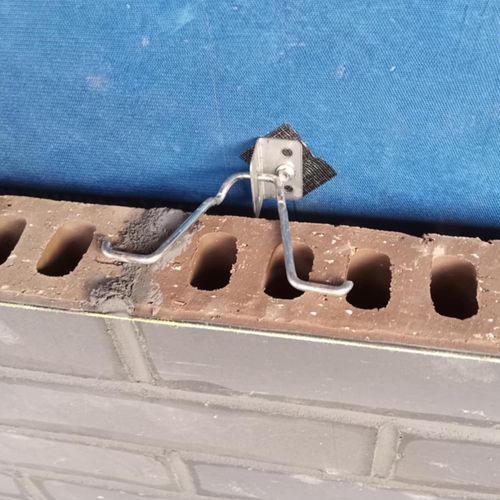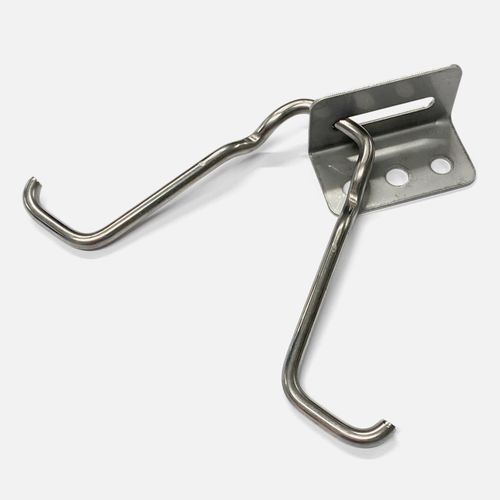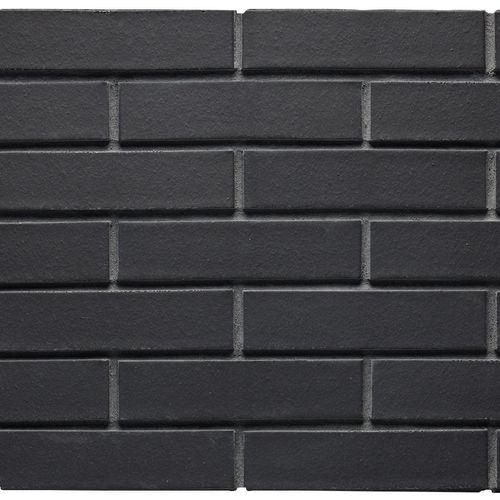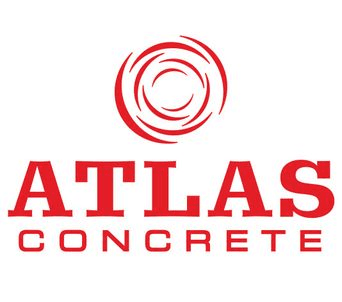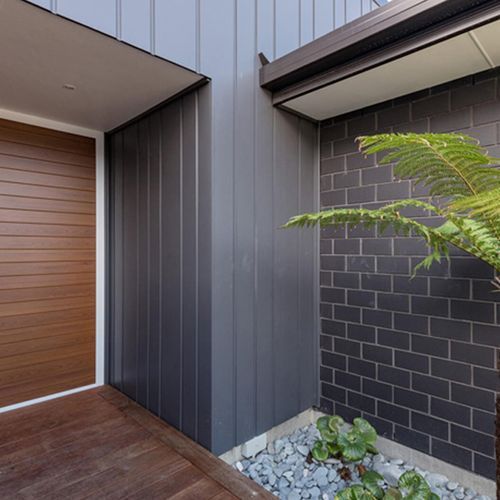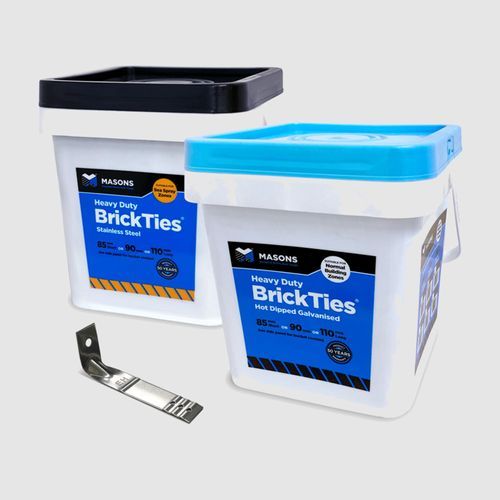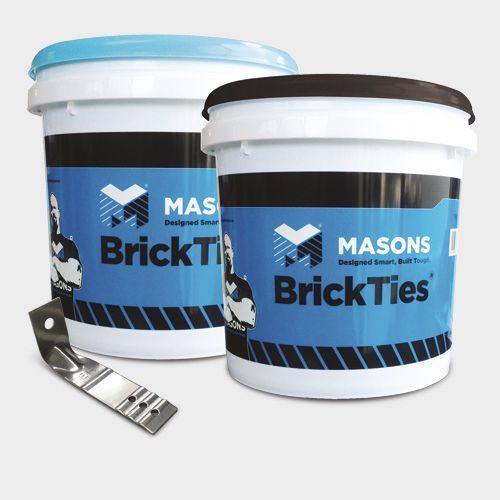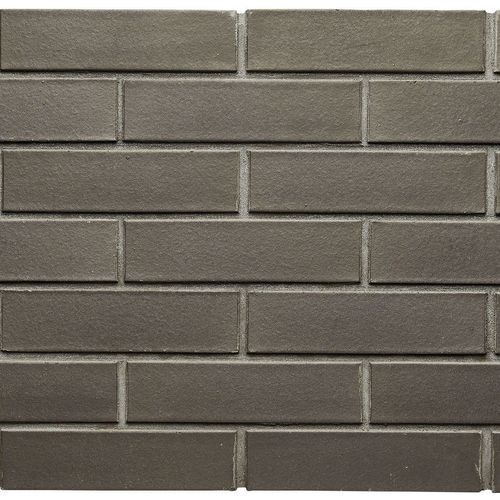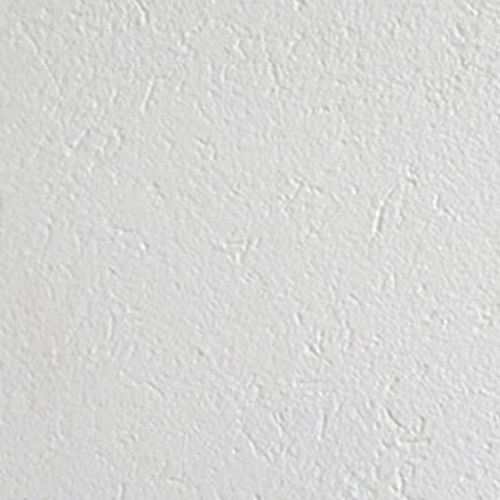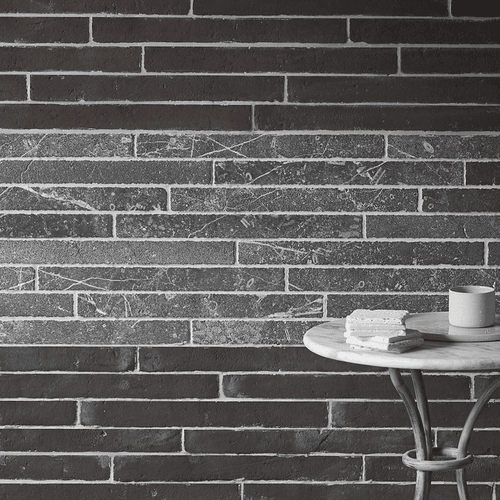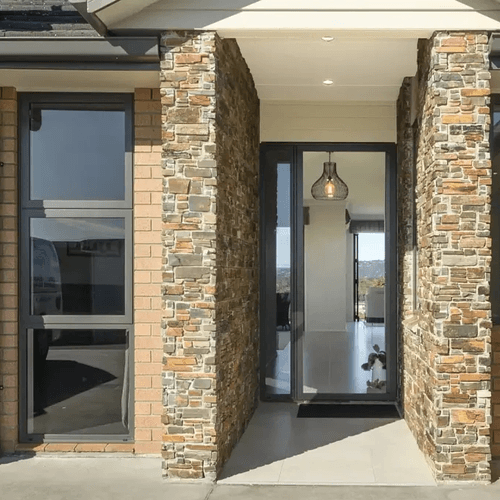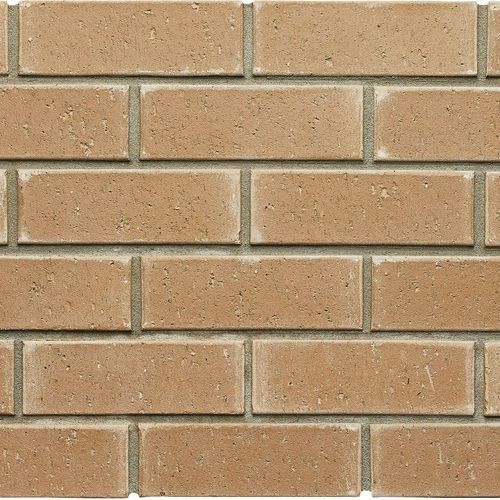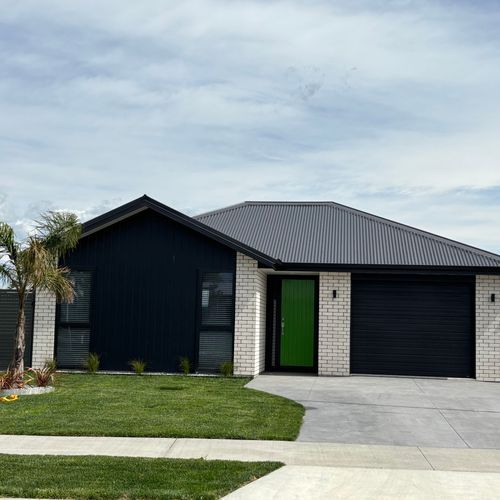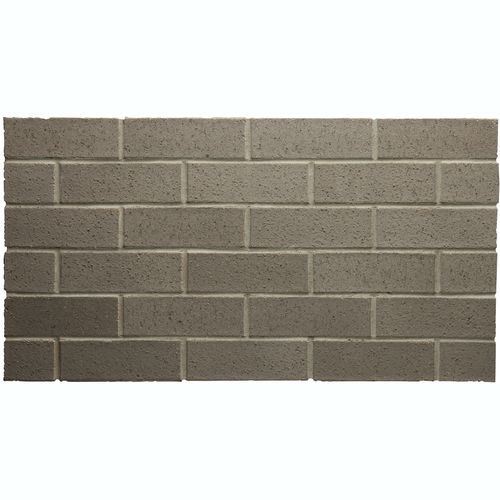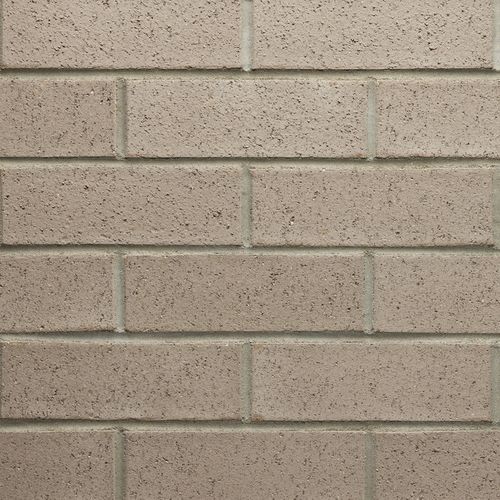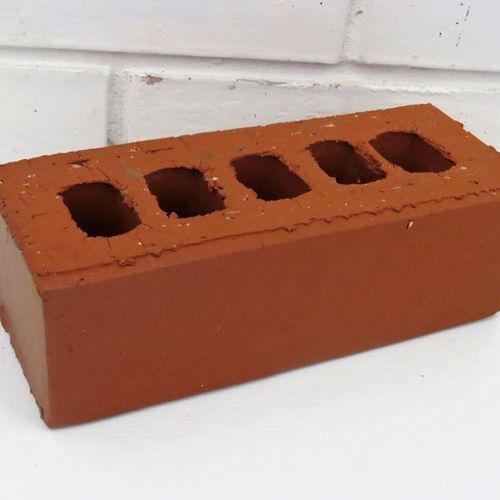Bricks
- Brick Cladding protects the structure of a building from the adverse effects of inclement weather events such as rain and wind. When done right, cladding or a brick wall can serve as an essential tool for noise control and insulation while enhancing the aesthetic appeal. And when it comes to cladding, nothing beats Brick Veneer cladding. Suppliers on ArchiPro offer a versatile selection of brick cladding for your next project.Why ArchiPro?
No more endless searching -
Everything you need, all in one place.Real projects, real experts -
Work with vetted architects, designers, and suppliers.Designed for New Zealand -
Projects, products, and professionals that meet local standards.From inspiration to reality -
Find your style and connect with the experts behind it.Start your Project
Start you project with a free account to unlock features designed to help you simplify your building project.
Learn MoreBecome a Pro
Showcase your business on ArchiPro and join industry leading brands showcasing their products and expertise.
Learn More